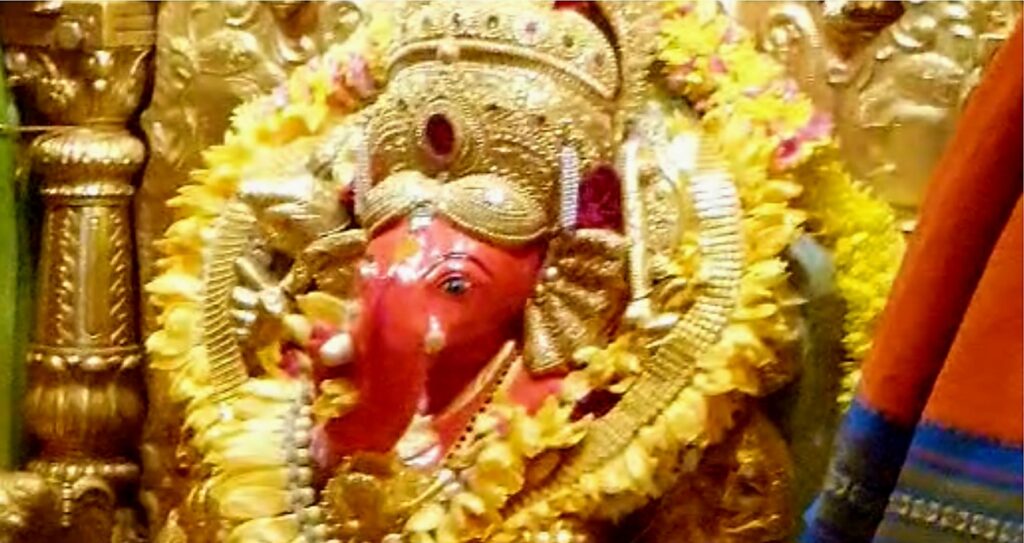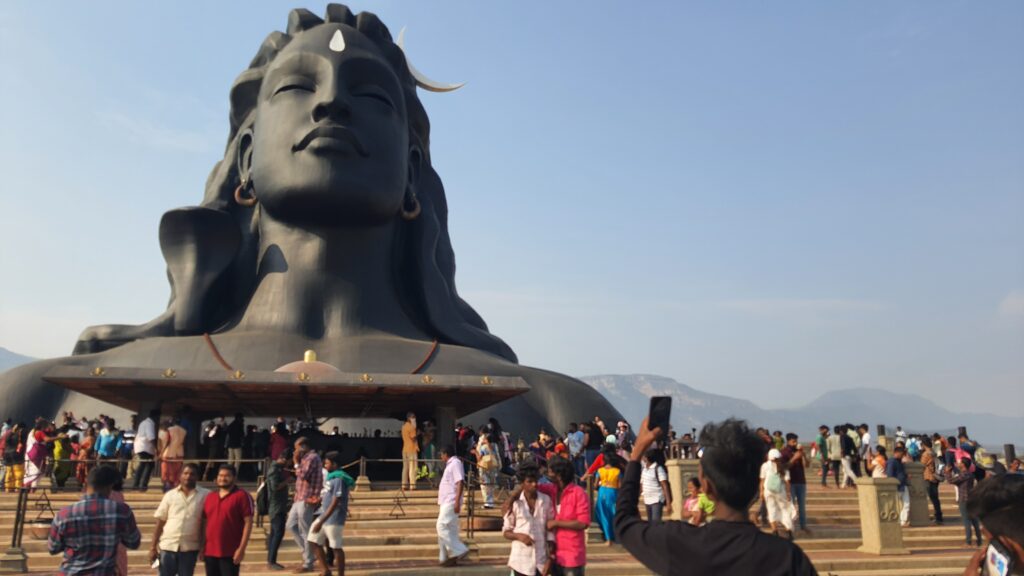
In this blog, I would like to explore the Question:
Can you explain to me this concept of ‘travelling naked’?
Is this a new trend or was followed earlier too?
And my stay at Isha Yoga Centre, Coimbatore ‘travelling naked’.
Table of Contents
The word ‘travelling naked’ is interesting. When I heard it for the first time I got a mixed feeling about it. But I was intrigued by the phrase. You know, when you hear something that generates a mixed bag of feelings and incites you to find out – what the hell it is?
I felt the same way.
So if you are into travelling and love to be in different cities and places for the maximum number of days in a year, then you’ll gain some good tips from this blog to make your travelling experience literally light.
I did some research and here’s what I found out:
The concept of “travelling naked” is metaphorical and not necessarily literal. So, “travelling naked” doesn’t mean travelling naked.
So now we all can breathe easy.
Here’s what it means:
Travelling with minimal possessions.
Travelling with a simple mindset.
Focussing on raw, authentic experiences rather than material comforts that one can experience in five-star hotels.
Even carrying or avoiding excess baggage—both physical and mental.
Let’s now understand it in a bit more detail:
Minimalism: Carrying only bare essential items and shedding dependency on material comforts. This involves avoiding over-packing or carrying big suitcases.
In short, don’t carry options thinking that I’ll decide there what to use or wear.
Initially, your mind might not allow but try it out once and then see what happens.
Openness: Approach your travel with a beginner’s mind. Imagine you don’t know much about things that happen at that place on a daily level. This way you open up to new cultures, people, and experiences without preconceived notions.
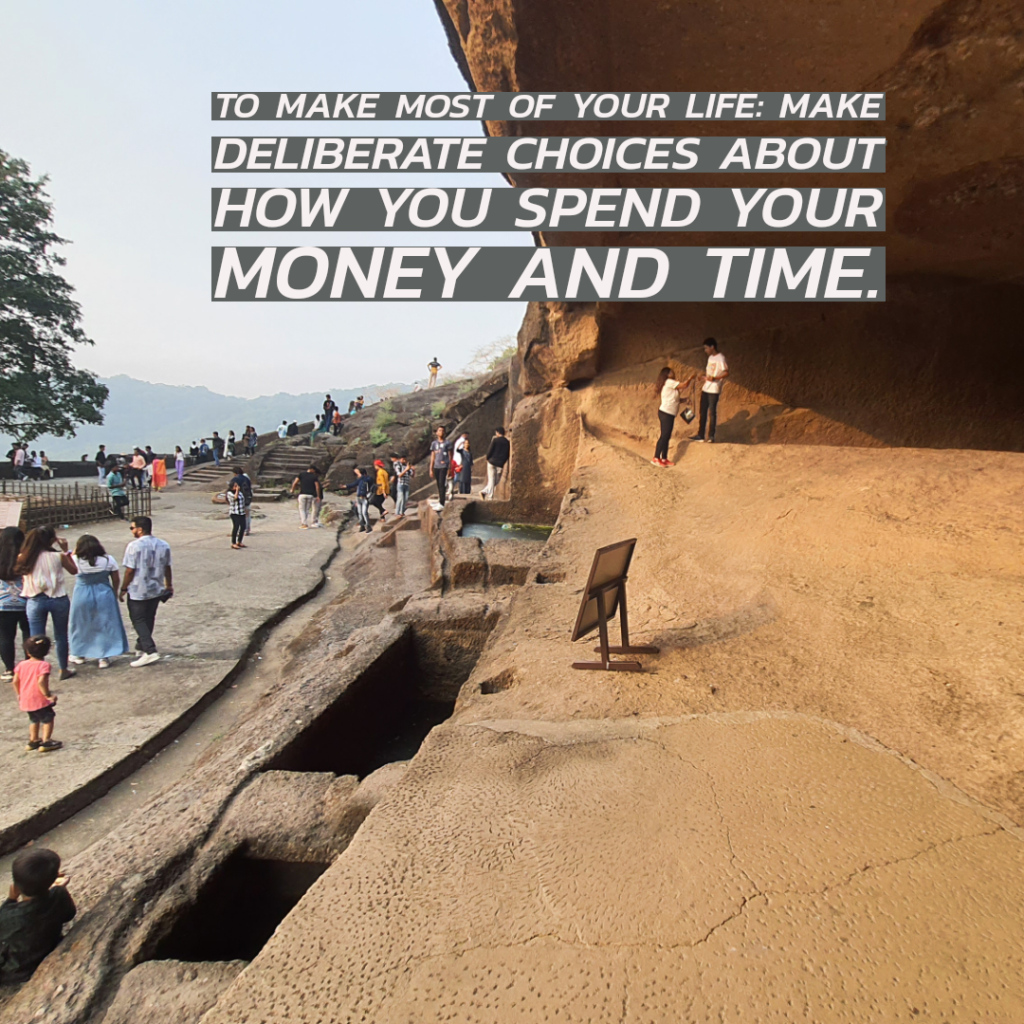
When you are willing to accept the environment – good or not so good – you are not carrying any mental baggage from the lifestyle you are used to.
Authenticity: Instead of booking an expensive room in a luxurious hotel away from the main city, you immerse yourself in the local way of life. You are in an environment where people behave the way they are and are not pretending to be somebody just to please you.
This way you get to feel the pulse of the city you are visiting.
Spirituality: For some, it symbolizes “stripping away” of ego, attachments, or superficial identities of what is right and what is wrong. The focus is on self-discovery and growth.
When you are close to action and observe people you find that you are experiencing or witnessing the same feelings that they experience daily. It may be new to you but all along it was lying dormant inside of you. You become friends with these new emotions or you become just aware of them.
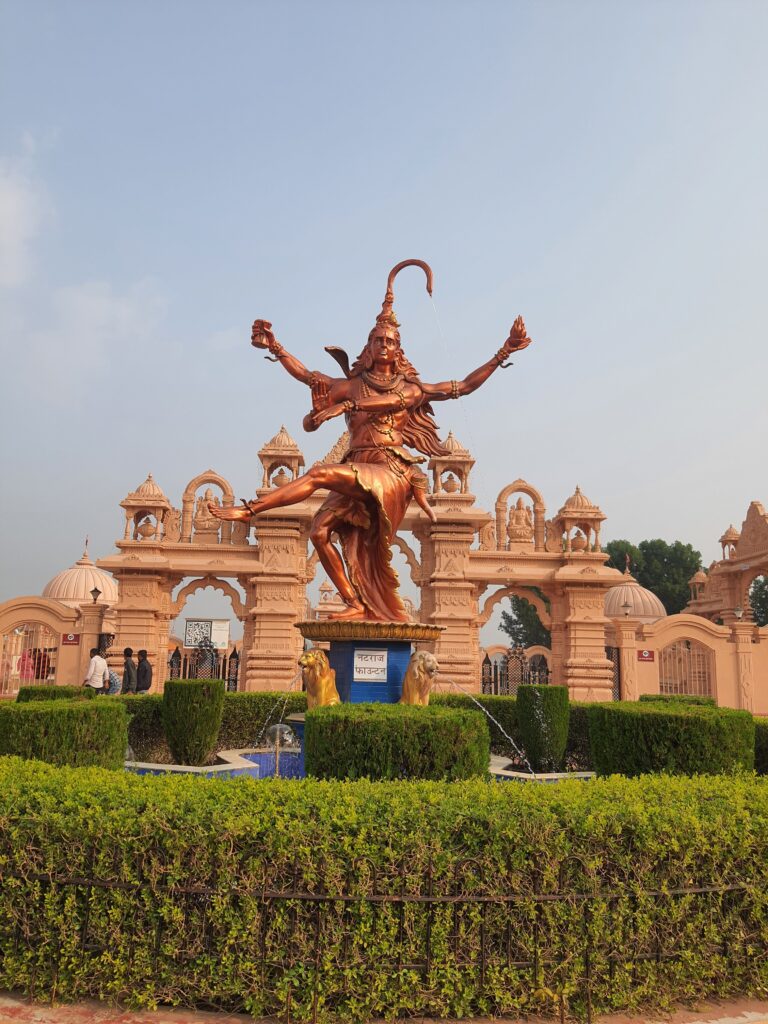
Historical Roots
The idea of ‘travelling naked’ isn’t new even though the phrase may be new.
It has been a part of various traditions throughout the centuries:
Wandering Monks and Ascetics: Spiritual seekers like Buddhist monks, Jain ascetics, and Sufi mystics have historically travelled “naked” across boundaries with minimalism and detachment from possessions.
Pilgrimages: Pilgrims often undertook journeys with just necessities, relying on hospitality and faith. Today also we can see and read about pilgrims travelling to sacred places with the bare minimum.
Modern Context
Today many tourist spots are facing over-tourism. Certain places are visited by so many tourists that it creates congestion and undesirable effects, especially during national holidays and weekends. Often it also leads to conflict with the locals.
‘Travelling Naked” is a way to counter this consumerism and over-tourism. You don’t necessarily travel during peak seasons or on holidays and weekends.
Is ‘Travelling Naked’ for Everyone?
Although anybody can embrace the concept of travelling naked, “Travelling Naked” is not for everyone. There are people with whom this concept resonates well:
Backpackers and Digital Nomads: Many prioritize light packing and meaningful travel experiences. These are the people who at any given point can pick up their backpacks and travel to wherever their heart takes them. They don’t need excessive planning and packing.
The one thing they desire is a connection with nature or experiencing a different culture. Sometimes they use it to work remotely. Imagine, the whole world becomes your office. You choose where you want to work from without being tied to your cubicle at the same location.
Self-Discovery Journeys: People seeking purpose or clarity in life often undertake “bare-bones” travel for introspection. Their baggage doesn’t pull them down or restrict their movement.
They look forward to spending time in solitude rather than going with a big gang of friends for fun and enjoyment.
How It’s Perceived By People
Trend or Lifestyle: For many travel enthusiasts it is a modern travel trend to travel light. They travel naked and then document their journey for others to read or watch in the form of vlogs and get inspired to explore on their own. For others, the concept of ‘naked travelling’ is a timeless philosophy rediscovered. It’s an opportunity to go into the world and get introduced to the self.
Practical vs. Philosophical: For some travel enthusiasts, it’s about testing oneself on how much material things you need to live a life. This they achieve by reducing luggage they carry while travelling.
For others, it’s a deeper way of connecting with themselves, the surroundings, nature and the world.
When you sit in solitude the nature speaks to you in it’s own creative way revealing the philosophy of life.
Would you like to explore ways to incorporate this philosophy into your travel?
To fully embrace a “naked travel” experience during my two-day stay at the Isha Centre, Coimbatore, I focused on simplicity, mindfulness, and immersion. Here’s a glimpse of what I did:
1. Packing Light
Clothing: I Carried just 2-3 sets of simple, comfortable clothes, towels, toiletries, innerwear and a pair of night dresses. I opted for attire suited to the centre’s serene environment which was loose trousers and half sleeve shirts.
I had worn a jeans while travelling to Isha Centre which made my backpack heavy as I brought them back in my backpack. I learnt that the next time I travel for a two-day trip I need to avoid jeans as it’s quite heavy in the backpack and occupies too much space.
Essentials Only: I brought only what I thought was needed by me. Still, after reaching my room at Isha, I thought I had overpacked. I could have done away with a few things. Carry your handwash or a soap. The bathroom had handwash but I brought it as a backup just in case.
There are water filters on every floor and you have a brass jug and 2 brass glasses in the room.
As for gadgets, I had my Smartphone and charger along with my smartwatch.
2. Immerse in the Environment
Participate: As my purpose of staying at Isha was to get immersed in solitude away from routine life, I engaged deeply with the activities the centre offered.
I visited the Adiyogi statue in the morning and sat in meditation in front of it. I sat in meditation at Isha Dhyanlingam. I took the opportunity to bath in the Suryakund offering my prayer to the Shivlinga immersed in the suryakund. And then stood under the waterfall allowing my body to feel the force of the falling water.
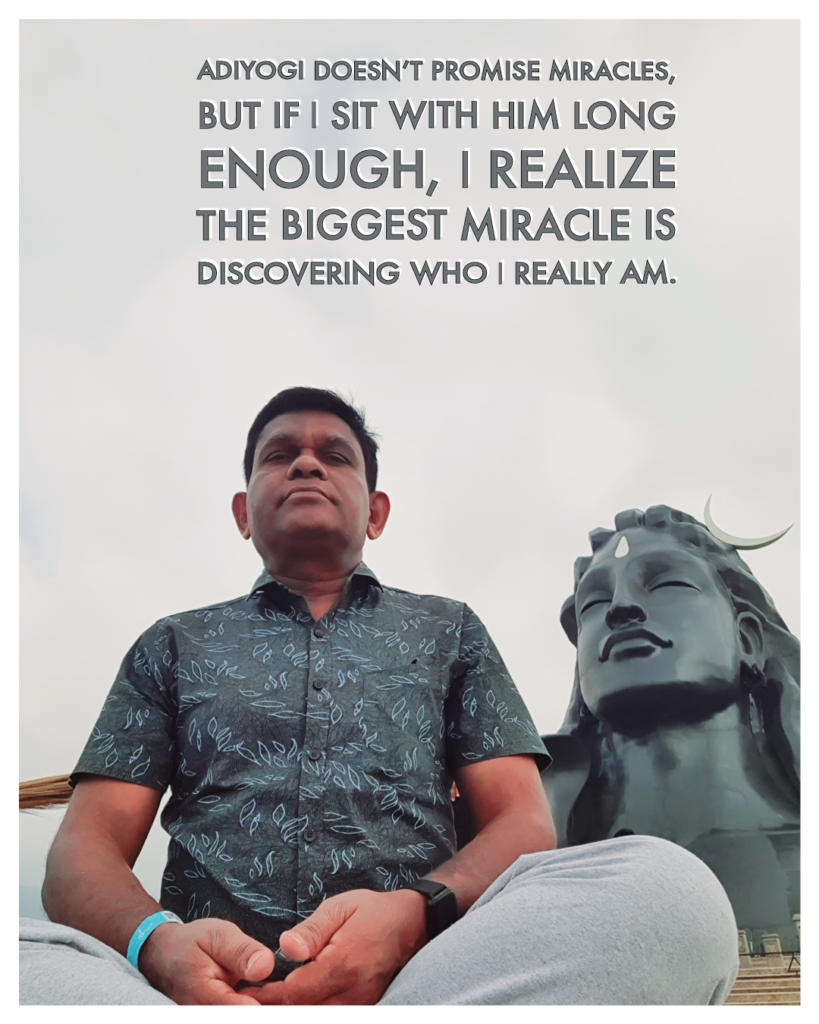
Disconnect from Technology: If you plan to stay at Isha, you are allowed to carry your devices like a Smartphone or laptop in there.
Even though I carried my Smartphone in Isha I avoided using it except for taking pictures of the beautiful natural surroundings. I totally focused on being in the present and soak in as much as possible.
Explore Nature: As the Sun rises the natural surroundings light up to reveal beautiful scenery.
Even though there were vehicle facilities every twenty minutes to take the guests to the Welcome Centre from the residential complex at Isha, one fine morning I decided to walk and soak myself in the beautiful natural surroundings.

That 15-minute walk was one of the best times I spent at Isha. I could see the vast mountains covered with morning clouds, the cold morning breeze felt so soothing. As I walked I could hear the chanting of ‘Aum’ echoing in the atmosphere. I could see people sitting wherever they found a place involved in deep meditation and yoga practice.
3. Practice Minimalism in Daily Life
Meals: At Isha, we were offered meals twice a day. One in the morning from about 10 to 11:30 and then one in the evening from 6:30 to 7:30 pm.
The meal was simple, sattvic food with a lot of variety. You could eat as much as you can.

I was introduced to a beautiful eating ritual that is followed here. Firstly, you are made to sit cross-legged on a long mattress on the floor. The steel plates and a steel glass are already kept on the floor in a straight line. As people sit, the volunteers come and serve the food on the plate. You don’t start eating immediately. For the next five to ten minutes a chanting is played in the voice of Sadhguru. People sit in a meditative state in front of the food. Next, the people sitting to eat fold their hands and chant Sanskrit shloka. Only after offering prayers do the people start eating.
I found that after following this food ritual I ate mindfully, focusing on the taste, texture, and nourishment of each delicacy served on my plate. There were no spoons. You had to eat with your hands. As I mixed the food with my fingers I felt the texture of each dish on my fingers. My eyes soaked in the colors of the food and my stomach was ready to receive the food.
As I ate I also observed people around me sitting and eating. There were many foreign devotees. They sat with their spine erect as they ate the food. That was something that attracted me. I try to follow the same erect posture as I sit to eat.
After you have finished your meal you are supposed to carry your plate and glass to the wash area. There you have dustbins to throw any food waste and then you are supposed to wash your dishes and keep in stacked on the plate and glass stand.
One thing good I observed here was even though you could eat as much as you wanted, people didn’t fill up their plates and when they couldn’t eat they threw the food. Here there was no food wastage.
After you’ve kept your washed plate and you walk out the hall there will be volunteers standing in silence at the gate with folded hands. I also folded my hands as I walked out filled with gratitude for being served such delicious and satvic food.
Every meal follows the same ritual every single day.
Daily Routine: Till the 2 days I was there I made sure I followed the centre’s schedule and rules without trying to control or alter it. If you don’t follow you will miss the food served there and then you will have to buy your meal from a restaurant that’s located inside the Isha Centre.
During the two days I was there I embraced the simplicity of their way of life and returned feeling calm and peace with myself.
4. Focus on Inner Exploration
Mindfulness: I consciously practised mindfulness in every activity, whether walking, eating, or meditating. Every step I kept on the ground I did it with full awareness being aware of the ground below my feet. It became a walking meditation for me.
Each bite I took during my meal I felt it first on my fingers, and then in my mouth.
I also sat in meditation and experienced the vibes of the environment spread in Isha.
Let Go of Expectations: I experienced some minor miscommunication from the staff and I immediately became aware and corrected myself.
I decided that I needed to approach each moment with openness and curiosity rather than anticipating outcomes or getting irritated when things didn’t happen my way.
Journal Your Thoughts: At night when I reached my room I reflected on what I felt, observed, and learnt during the day.
Even when things didn’t go well, I documented it. I just wanted things to come out of my system in the form of words onto my notepad on my Smartphone.
Putting the thoughts on the notepad helped me cement my experience of staying at Isha.
5. Connect Authentically
Converse with Others: As this was my first ever stay at Isha I didn’t connect with other visitors much in terms of engaging with them. But yes, I observed them as they walked the grounds and meditated. I talked with some volunteers and enquired about a few rituals.
As I walked the grounds I met a few visitors who enquired about a few places inside Isha. I felt positive that I was able to guide them and help them with whatever little information I had about the place.
I understood that engaging in genuine conversations with other visitors or volunteers would help me learn about their perspectives and open up my mind.
I surely look forward to another stay at Isha and getting into some deep conversations with other visitors and volunteers.
Observe Silence: As I was all by myself, I got time for myself to observe and practice silence.
If you plan to stay there or are going for a day visit, try to spend time in silence to deepen your self-awareness and connection with the environment.
6. Leave Behind Material Attachments
There are many medium-sized and small souvenir shops inside Isha where you can buy many things along with readymade traditional dresses.
If you are following the ‘naked travel’ concept avoid shopping for souvenirs or focusing on collecting material things. Buying might add to the weight of your backpack. Instead, take memories and lessons as your “souvenirs.”
Taking it Forward…
Would you like tips on journaling or reflecting on your experiences during this stay?
I have it lined up in my next blog.
**********************
